
The quote, “never doubt that a small group of thoughtful, committed citizens can change the world; indeed, it’s the only thing that ever has,” by Margaret Mead are words that Linda Maraniss and Kathy O’Hara know all too well.
Linda and Kathy, concerned by the large amounts of trash washing up on a beach in Texas, decided to do something about it, and what started as a small effort to clean one state’s beaches, turned into the world’s largest organized beach cleanup still coordinated each year by the Ocean Conservancy. LMC’s conservation staff sat down with Kathy and Linda to chat a bit about their founding of the International Coastal Cleanup, and learn more about how each and every one of us can make a difference.
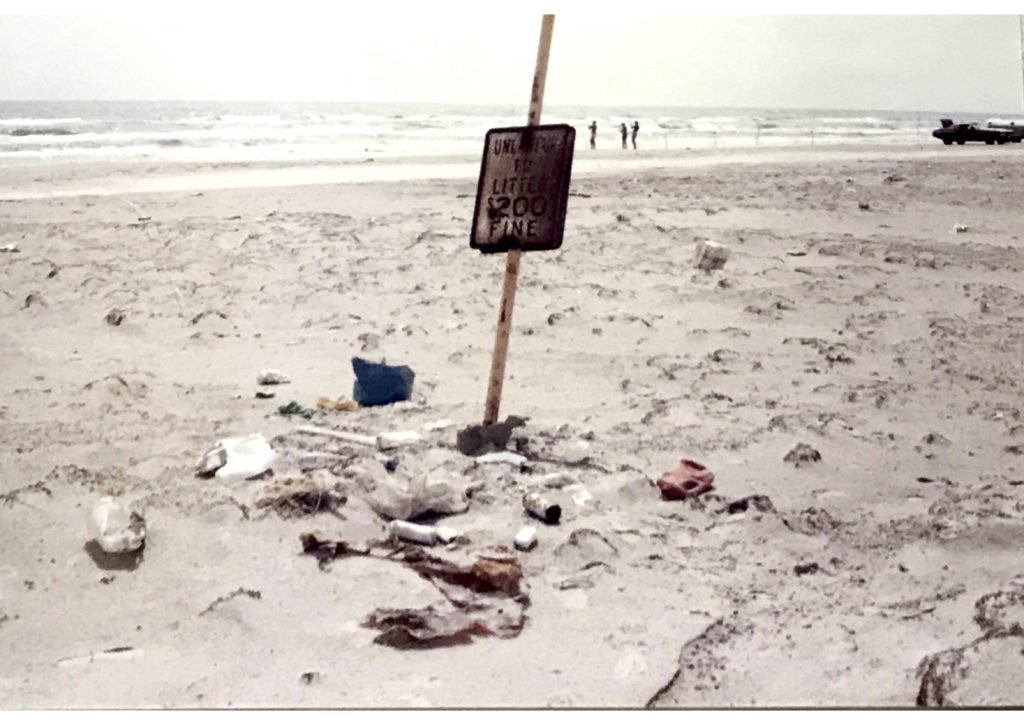
While cleanups had been happening for years, what made their first beach cleanup in 1986 different was that it was more than just a one-day event. In addition to actually removing this trash from the marine environment, cleanup volunteers were asked to count and record every piece of trash on a detailed marine debris data card. This card was created with the specific intention to use cleanup data to help identify sources of debris and create targeted, informed conservation solutions to reduce it.
“The data cards we sent out to participants became such a unique part of the cleanups because people didn’t need extensive training to become citizen-scientists. And I think they were even more inspired to know their data would help contribute to solutions,” Kathy explains thoughtfully.
“And we were so excited about these data cards, the first thing we learned was that things should be alphabetized!” Linda adds, laughing.
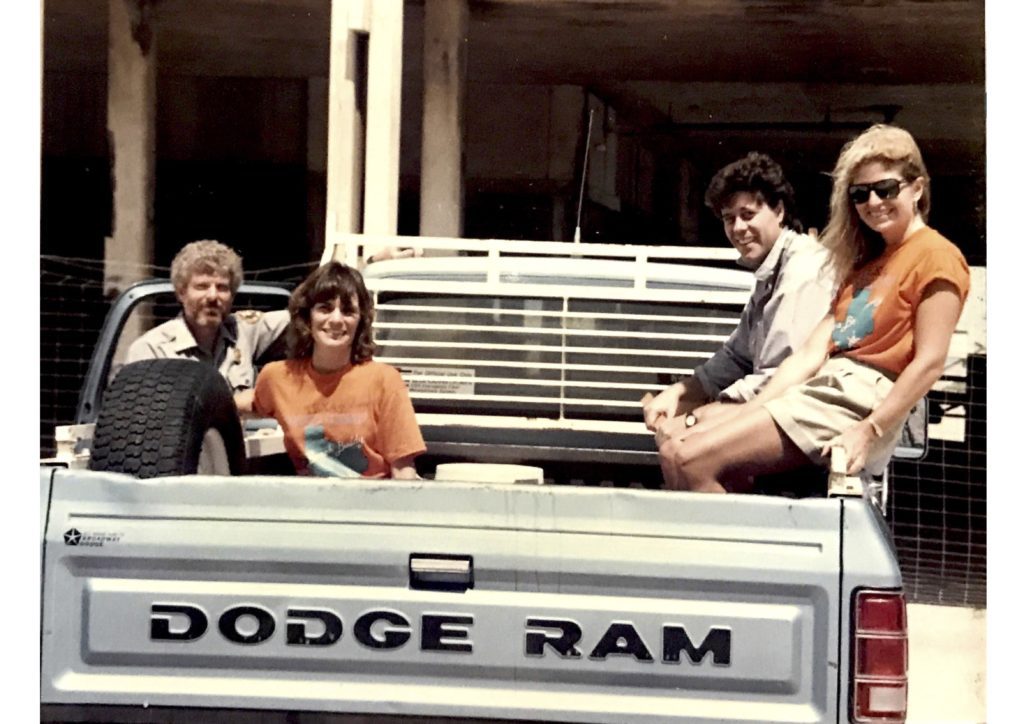
The cleanup started through the leadership of these two women while working for what is now the Ocean Conservancy, but wouldn’t have been possible without the help of some incredibly dedicated volunteers and colleagues, “we couldn’t have had a better team,” Linda points out.
Efforts grew by uniting beach cleanup efforts in Texas- and then spread across the coast from Texas to Florida- then became international when a colleague in Mexico joined in on the efforts.
“The data added so much more to the story because not only could we talk about how many pounds were removed from the beach- but we could tell the public and the plastics industries just how many plastic bottles, egg cartons, and milk jugs were being found. We had something tangible, we had metrics,” said Kathy.
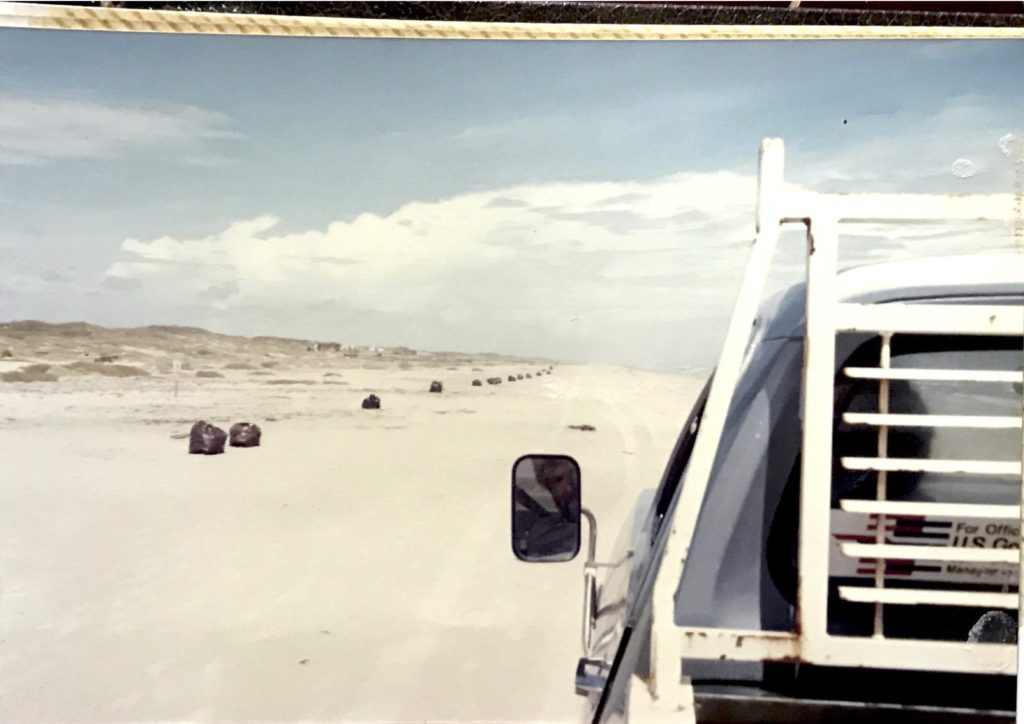
“This was really good when it came to promoting the growth of this event as well, because the press always wanted numbers so the more detail we could give, the better,” said Linda. Although Linda and Kathy both admitted their fear of public speaking. Yet after conducting countless interviews with local, state and national press and media, they both knew they had to get the story out for people to know what was happening. “We had to face the things that scared us the most because it was what we were passionate about,” said Linda.
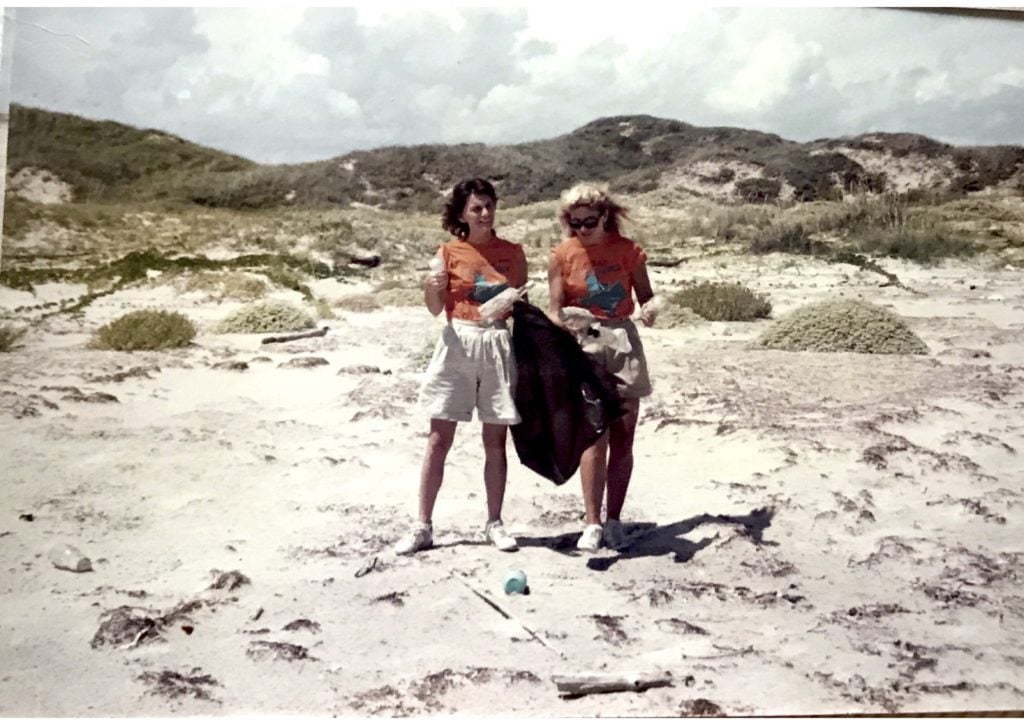
When asked if there was anything memorable about their first cleanup, Linda chuckled, “oh my gosh, it was pouring so hard on the morning of the first ever coastal cleanup. We had just worked so hard for so many months and it was just raining buckets – there was water coming in through the air conditioning in my hotel it was raining so hard! But 9 am rolled around and the skies magically cleared and busloads of kids started pulling up to the beaches. The kids were so proud to be part of this effort and everyone was so excited to help!”
When asked what spurred their passion for saving the ocean, Linda said while growing up in Madison, Wisconsin, she always had a love for nature and trees, and appreciated it as a child while riding her bike. In the 3rd or 4th grade, her family piled in the car and drove down to Florida. She remembered thinking it was a glorious place and the beaches were so pristine and beautiful, and that’s how beaches should be.
Kathy shared, “I was born with a love for the ocean and inspired by a grandfather that appreciated everything about nature. And ever since I can remember, I have been picking up trash on beaches. At one summer camp when I was really young I remember collecting all the pull tabs from metal beverage cans from the beach and using them to make a poster about litter. You can be sure I counted them too.”
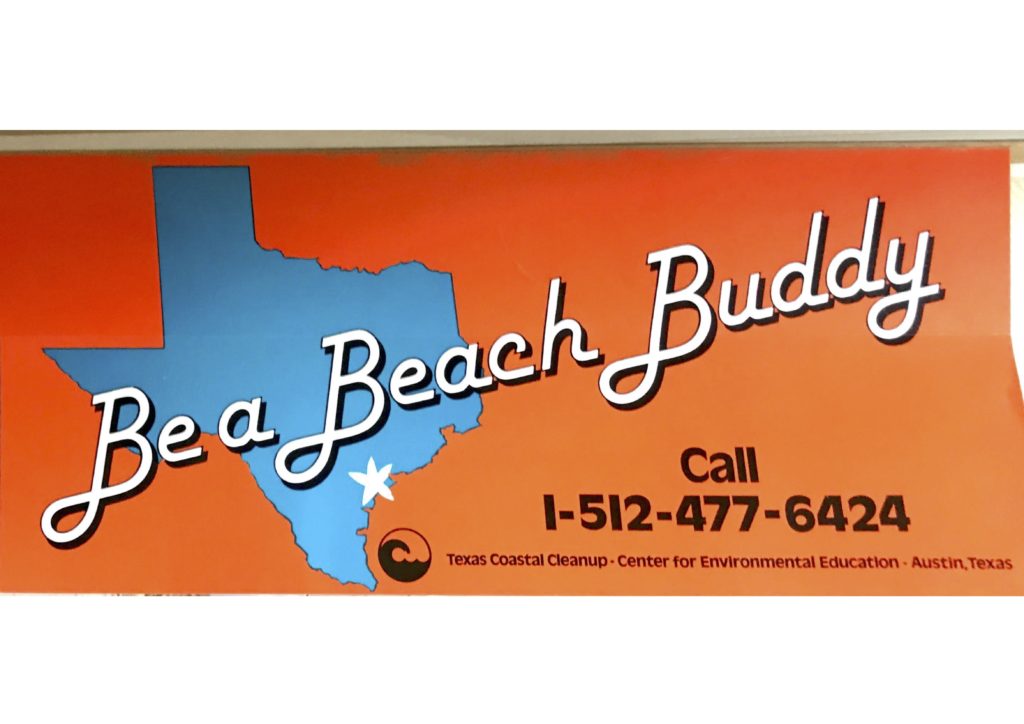
So why did it all start in Texas? Linda established a new office for the Ocean Conservancy in Austin when her family moved there in 1985. It only took one trip to Texas beaches to know she had a job to do. “The Texas beaches were such a shock because there was so much trash,” said Linda. Around the same time, Kathy started her first job with the Ocean Conservancy where she researched and wrote what became a groundbreaking report on the types, sources, and problems caused by plastics in the marine environment. She says it was all the photographs of entangled animals and information that marine wildlife was eating our plastic trash that inspired her to do more.
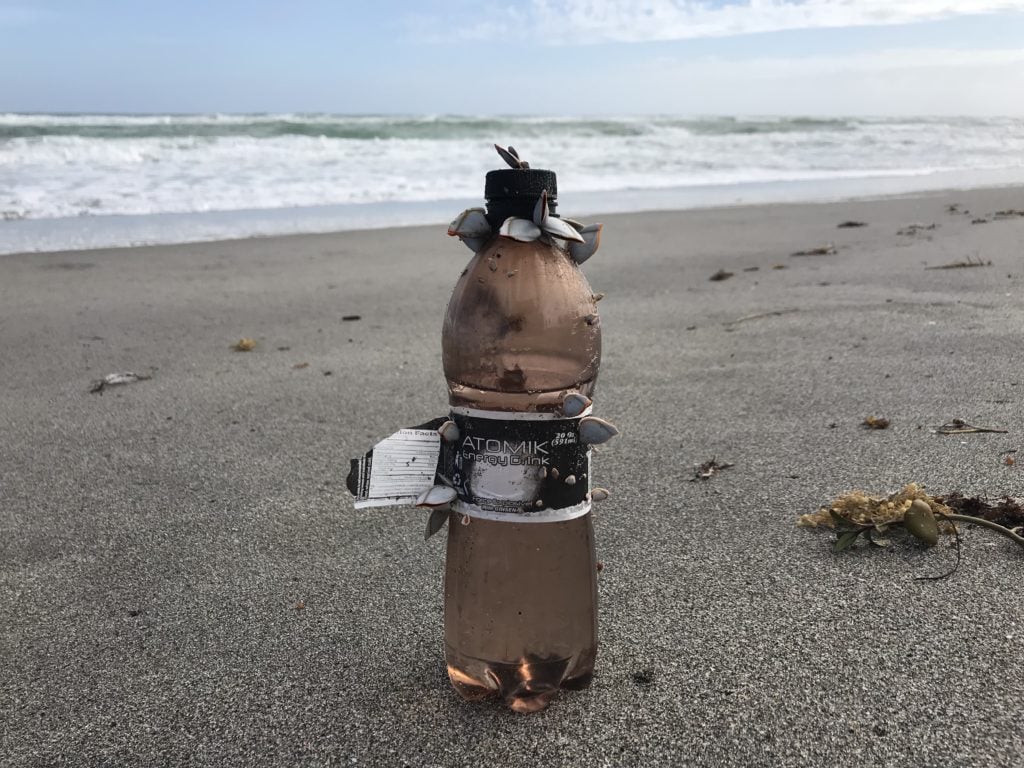
Linda and Kathy noted how the types and quantities of debris have changed drastically from their first cleanup 35 years ago where whole plastic items were the most commonly found trash, to now where pieces of plastic, not whole items, are the most common items.
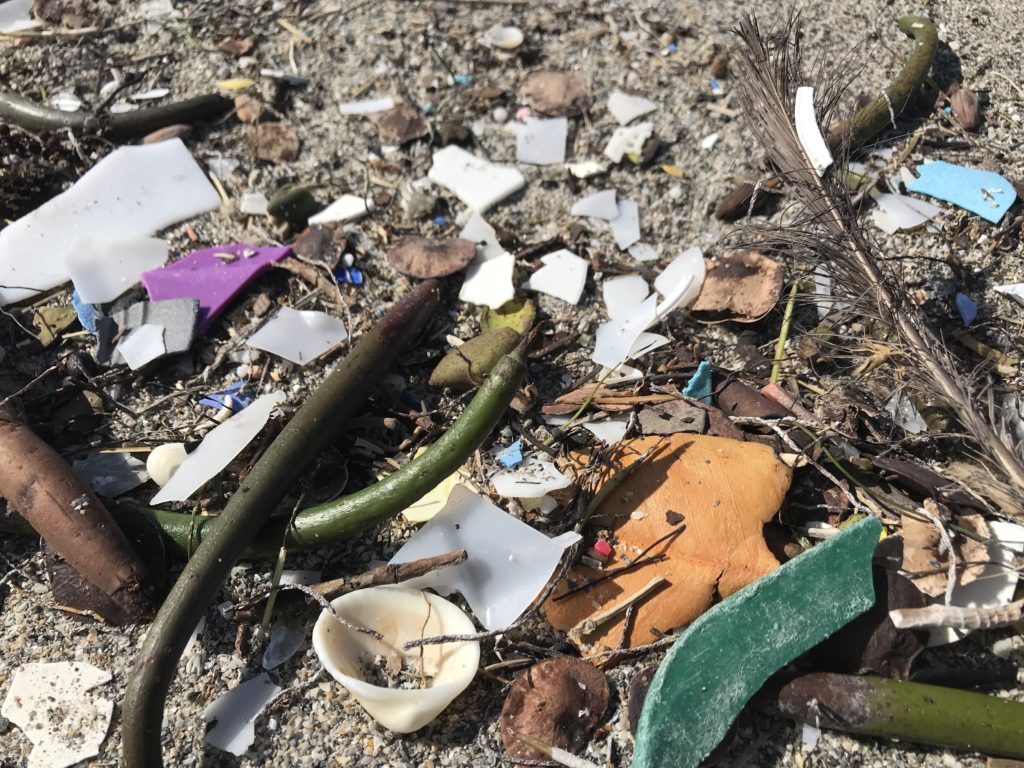
We asked them in their many years of conducting beach cleanups what were the strangest items they found. For Linda it was all the 50-gallon drums that were washing up on the beaches in Texas. For Kathy, while she mentioned finding several bottles over the years with some pretty interesting notes, the strangest item was a small metal box that contained a cassette tape recording from a philosophy professor and an intricate hand-drawn chart. Kathy said she felt like it was some type of “pandora’s box,” and at first she really didn’t want to open it.

More than 30 years later, the efforts from their first cleanup have grown substantially. In 2019, the Ocean Conservancy reported that the International Coastal Cleanup has grown to include 116 countries with more than 20,700,000 that recorded 32,485,488 individual items of debris. This information, compiled from data cards (based on the original one developed by Kathy and Linda that has now been translated to several languages), showed plastic items still top the list with more than 4.7 million food wrappers, 4.2 million cigarette butts, 1.8 million plastic beverage bottles and nearly 943,000 plastic straws collected and recorded worldwide.
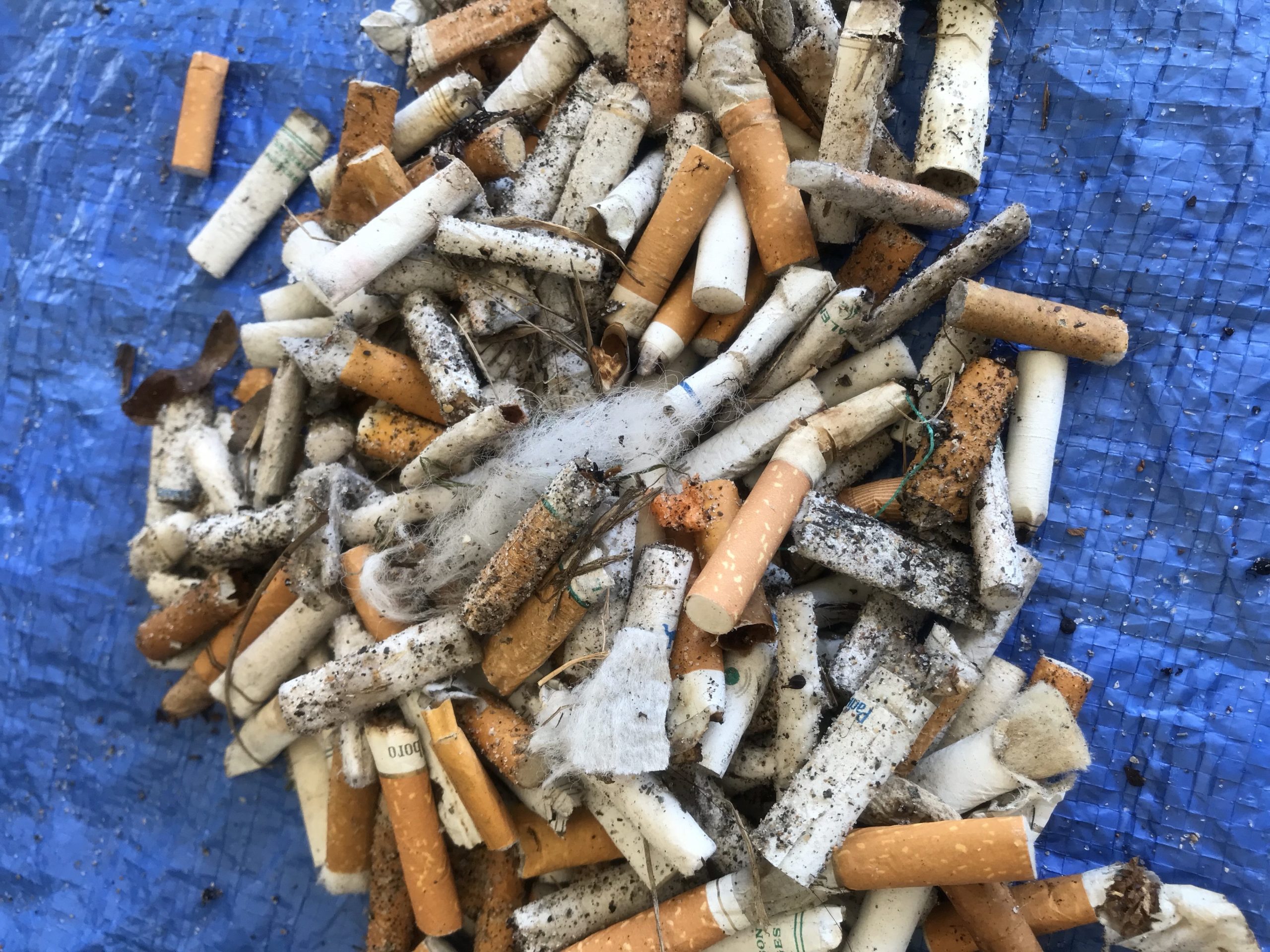
The two remarked that is incredibly encouraging to see how their first cleanup has grown over time, and find it inspiring that so many people come out each year to dedicate their time to ocean conservation and helping us learn more about this ocean plastic problem we are facing.
When asked if they had any advice for people looking to make an impact in their communities, they had some solid words of advice. “Don’t think that you can’t make a difference,” Linda says. “Yes, I always go back to a Margret Mead quote,” Kathy added “never doubt that a small group of thoughtful, committed citizens can change the world; indeed, it’s the only thing that ever has. And that’s exactly what we did. We saw an issue that we were passionate about, and we wanted to help marine life and we did it.”
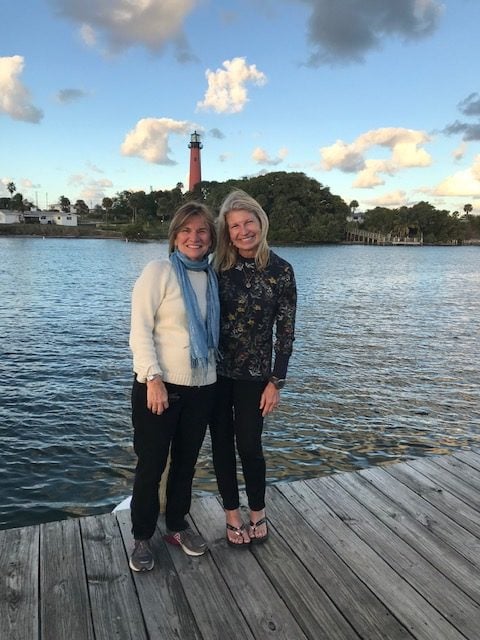
Linda and Kathy have remained best friends for the past 35 years and, as they say, “continue to talk trash on a regular basis although it’s not always about marine debris!”
